Home>diy>Building & Construction>What Is A Footer Construction
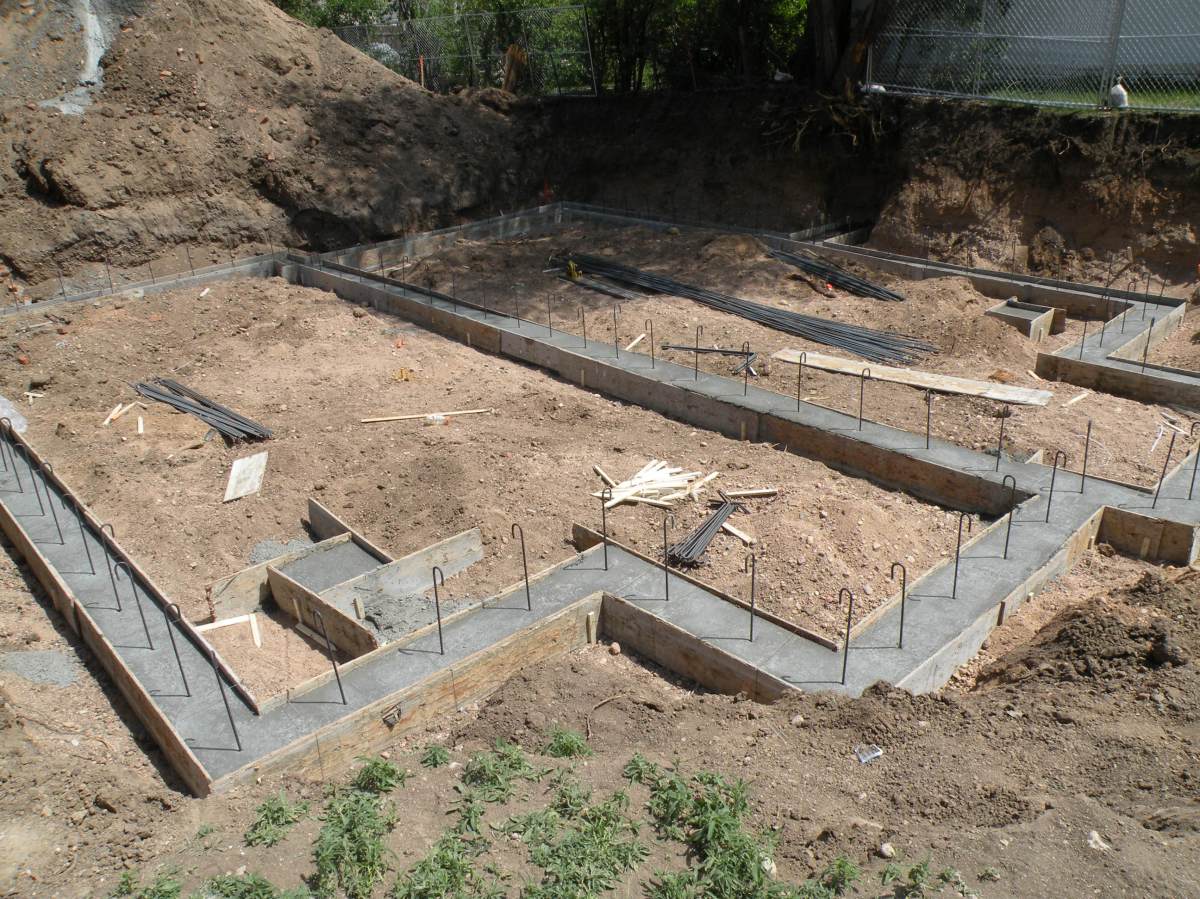

Building & Construction
What Is A Footer Construction
Modified: December 7, 2023
Discover what a footer construction is and its vital role in building construction. Learn how to ensure a strong foundation for your construction project.
(Many of the links in this article redirect to a specific reviewed product. Your purchase of these products through affiliate links helps to generate commission for Storables.com, at no extra cost. Learn more)
Purpose of a Footer Construction
In the world of building construction, a footer refers to the foundation of a structure that supports the weight of the entire building. Similarly, in the context of web design and development, a footer construction serves a crucial purpose in providing support and functionality to a website.
The primary purpose of a footer construction in web design is to enhance the user experience by providing quick access to important information and navigation options. While the header section of a website typically contains the main menu and primary navigation, the footer acts as a secondary navigation area, ensuring that users can easily find relevant links and content regardless of their position on the page.
The footer construction also serves as a visual anchor, providing a sense of structure and organization to the website. It often contains important legal information, such as terms of service, privacy policy, and copyright information, ensuring compliance with regulations. Additionally, it can include contact details, social media links, and a sitemap, offering visitors multiple avenues to connect with the website owner.
Moreover, the footer construction is an opportunity for website owners to reinforce their brand identity and create a cohesive user experience. It can showcase the logo, tagline, and a brief company description, helping to establish a strong brand presence and evoke a sense of trust in the audience.
Another purpose of a well-designed footer construction is to improve search engine optimization (SEO) efforts. By including relevant keywords and internal site links in the footer, website owners can provide search engines with additional context and improve the discoverability of their content.
Furthermore, a properly constructed footer can enhance website accessibility, making it easier for users with disabilities or impairments to navigate and access important information. It can include features such as text resizing options, contrast controls, and links to accessibility resources, ensuring an inclusive browsing experience for all visitors.
In summary, the purpose of a footer construction in web design is multi-faceted. It provides support to the overall website structure, enhances the user experience, reinforces brand identity, improves SEO efforts, and ensures accessibility. By understanding the importance and purpose of a footer construction, web designers can create functional, visually appealing websites that cater to the needs of both the website owner and the site visitors.
Key Takeaways:
- The footer construction in web design serves multiple purposes, including improving navigation, reinforcing branding, enhancing SEO, ensuring legal compliance, and fostering inclusivity, ultimately leading to a seamless and enjoyable user experience.
- A well-designed footer is essential for enhancing the user experience, improving website navigation, and contributing to the visual appeal of the site. It plays a crucial role in providing easy access to important information and links, reinforcing brand identity, and ensuring legal compliance.
Importance of a Well-Designed Footer
A well-designed footer is more than just a visually appealing element at the bottom of a webpage. It plays a crucial role in enhancing the user experience, improving website navigation, and boosting search engine optimization (SEO) efforts. Here are some key reasons why a well-designed footer is important:
- Improved Navigation: The footer serves as a secondary navigation area, providing users with quick access to important links and content. By including a well-organized menu or a list of relevant pages, users can easily navigate through the website without having to scroll back to the top. This enhances the overall user experience and keeps visitors engaged on the site.
- Enhanced User Experience: A well-designed footer adds visual appeal and structure to a webpage. It creates a sense of completeness for the website, making it feel more polished and professional. When users see a well-constructed footer, it instills confidence and trust in the website and the brand it represents.
- Easy Access to Information: The footer is an ideal place to include important information such as contact details, business hours, address, and social media links. Having this information easily accessible at the bottom of the page ensures that users can find it quickly and effortlessly. Additionally, including links to frequently asked questions (FAQs) or a sitemap in the footer can help users find the information they need more efficiently.
- Legal Compliance: Another important aspect of a well-designed footer is its role in ensuring legal compliance. It is common to include links to the terms of service, privacy policy, and copyright information in the footer. This not only helps protect the rights and interests of the website owner but also demonstrates transparency and adherence to legal requirements.
- Search Engine Optimization (SEO): A well-designed footer can contribute to improved SEO rankings. By including internal links to important pages within the website, the footer helps search engines crawl and index those pages, increasing their visibility in search results. Additionally, incorporating relevant keywords in the footer can enhance the website’s optimization efforts and improve its overall search engine rankings.
- Accessibility: Accessibility is a critical consideration in web design. A well-designed footer can include accessibility features and options to accommodate users with disabilities or impairments. This can include text resizing options, contrast controls, and links to accessibility resources, making the website more inclusive and user-friendly.
A well-designed footer is an essential component of a successful website. It not only improves navigation and user experience but also contributes to SEO efforts and legal compliance. By paying attention to the design and content of the footer, website owners can create a positive impression on visitors, encourage further engagement, and ultimately achieve their website’s goals.
Elements of a Footer Construction
When designing a footer for a website, it is important to consider the key elements that will make it functional, visually appealing, and effective. Here are the essential elements of a well-constructed footer:
- Navigation Links: A footer should include a concise and well-organized menu or list of navigation links. These links often represent important pages or sections of the website that users may want to access quickly, such as About Us, Contact, Services, or Blog. Consider including drop-down menus or expanding sections to accommodate additional sub-pages or content categories.
- Contact Information: The footer is an ideal place to display contact details, such as the business address, phone number, email address, and social media links. Providing this information in the footer ensures that it is readily available to visitors, allowing them to easily get in touch with you without having to search for it elsewhere on the website.
- Copyright and Legal Information: Including copyright information in the footer is a standard practice for legal compliance. It is important to display the copyright symbol (©), the year, and the name of the website or business. Additionally, including links to the terms of service, privacy policy, and any other legal disclaimers provides transparency and ensures compliance with legal requirements.
- Site Map or Site Navigation: For websites with a large number of pages or complex site structures, including a site map in the footer can be helpful for users to get an overview of the entire website and find specific pages more easily. Alternatively, you can include secondary navigation links that lead to important sections or content categories.
- Subscribe or Newsletter Form: If you have a newsletter or offer regular updates, including a subscribe or newsletter form in the footer can encourage visitors to stay connected. Collecting email addresses and building a mailing list can be valuable for marketing purposes and fostering ongoing engagement with your audience.
- Social Media Links: Including social media icons or links in the footer allows visitors to connect with your brand on various social platforms. Make sure to use recognizable icons and link them to your official social media profiles. This helps to expand your online presence and encourages social sharing and engagement.
- Back to Top Button: In longer webpages, it can be convenient for users to have a “back to top” button in the footer. This button allows them to easily navigate back to the top of the page without scrolling manually, providing a seamless user experience.
These are the essential elements of a footer construction. However, it is important to note that the specific elements you include should be tailored to the needs and goals of your website. By incorporating these elements thoughtfully, you can create a functional and visually appealing footer that enhances the user experience and improves website navigation.
Designing a Footer for Websites
Designing a footer for a website requires careful consideration of both aesthetics and functionality. A well-designed footer can enhance the overall user experience, improve website navigation, and contribute to the visual appeal of the site. Here are some key considerations when designing a footer:
- Keep it Simple: A cluttered footer can be overwhelming and distracting for users. Keep the design clean and minimalist, with an organized layout and sufficient white space. This allows the key elements of the footer to stand out and reduces visual clutter.
- Consistent Design: The footer should be visually consistent with the rest of the website in terms of color scheme, typography, and overall style. This helps to create a cohesive and unified design that reinforces the brand identity and overall aesthetic of the website.
- Responsive Design: Ensure that the footer is responsive and adapts to different screen sizes and devices. Test the footer on mobile devices and tablets to ensure that it remains functional and visually appealing across all platforms. Consider using techniques like responsive grids or collapsing sections to optimize the footer for smaller screens.
- Visual Hierarchy: Establish a clear visual hierarchy in the footer to guide users’ attention. Use typography, font sizes, colors, and spacing to prioritize the most important elements such as navigation links or contact information. This helps users quickly locate the information they are looking for without feeling overwhelmed.
- Contrast and Readability: Ensure that the text and icons in the footer have sufficient contrast against the background color to ensure readability. Pay attention to the font size and style, ensuring that it is legible on screens of different sizes and resolutions. Consider using appropriate color combinations and typography that align with your website’s branding and style.
- Icons and Visual Elements: Incorporate icons or visual elements in the footer design to make it more visually appealing and intuitive. Use recognizable icons for social media links or contact information to make them easily identifiable. However, be mindful not to overcrowd the footer with too many icons, as it can lead to visual clutter.
- Whitespace and Alignment: Proper use of whitespace and alignment in the footer can enhance the readability and visual appeal. Leave adequate space between elements to create a sense of balance and organization. Align the elements consistently to create a visually pleasing and cohesive look.
- Testing and Feedback: Lastly, it is important to test the footer across different browsers and devices to ensure that it functions properly and looks consistent. Solicit feedback from users or colleagues to gather insights and make necessary adjustments to optimize the footer design.
By considering these design principles and best practices, you can create a well-designed footer that enhances the user experience, improves website navigation, and contributes to the overall aesthetic appeal of your website.
When constructing a footer, make sure to properly compact the soil before pouring the concrete to prevent settling and ensure a stable foundation for the structure.
Best Practices for Footer Construction
When constructing the footer for a website, there are several best practices to keep in mind. These practices help ensure that the footer is functional, visually appealing, and enhances the overall user experience. Here are some key best practices for footer construction:
- Keep it Concise: The footer should contain only essential information and links. Avoid overcrowding the footer with too many elements, as it can make it difficult for users to find what they’re looking for and can create a cluttered visual appearance.
- Organize the Content: Arrange the elements in the footer in a logical and organized manner. Group related links together, and consider using headings, dividers, or columns to separate different sections. This helps users quickly scan the footer and find the information they need.
- Include Important Links: The footer is an ideal place to include links to important pages such as About Us, Contact, FAQs, or Terms of Service. These links provide easy access to pertinent information and ensure that users can find what they need without much effort.
- Consider Visual Cues: Use visual cues such as icons, arrows, or hover effects to make the footer elements more intuitive and interactive. For example, using a social media icon to represent social media links or using a downward arrow to indicate drop-down menus can enhance the user experience and make the footer more engaging.
- Make it Responsive: Ensure that the footer is responsive and adapts to different screen sizes and devices. This includes using responsive grids and adjusting the layout to fit smaller screens without sacrificing functionality or readability.
- Design for Accessibility: Consider accessibility when constructing the footer. Use sufficient color contrast for text and icons to improve readability for users with visual impairments. Provide an alternative text for images and icons for screen readers. Additionally, ensure that the footer is operable through keyboard navigation.
- Test for Functionality: It is crucial to thoroughly test the functionality of the footer across different browsers and devices. This includes testing the responsiveness, clickable links, and any interactive elements. Fix any issues or bugs that may arise to ensure a seamless user experience.
- Update and Maintain: Keep the footer up to date with relevant and current information. Periodically review and update the links, copyright information, and any other content to reflect any changes or new additions to the website. Regular maintenance ensures that the footer remains accurate and useful to visitors.
By following these best practices, you can create a well-constructed footer that enhances the user experience, provides easy access to important information, and adds a visually appealing element to your website.
Examples of Effective Footer Designs
When it comes to designing a footer for a website, there are endless possibilities for creating an effective and visually appealing design. Here are a few examples of effective footer designs that showcase different approaches:
- Simplistic and Minimalistic: One popular approach is to go for a simplistic and minimalistic design. This design style typically includes a clean layout with minimal text, a few navigation links, and subtle use of color or icons. The minimalist approach creates a sense of elegance and sophistication. An example of this could be a footer with a simple menu, social media icons, and copyright information neatly aligned at the bottom of the page.
- Grid-based and Organized: Another effective design is to use a grid-based layout for the footer, especially for websites with a lot of content or sections. This design style arranges elements in an organized grid, making it easy for users to navigate through the footer. Each grid cell can contain links to specific sections or categories, such as products, services, or blog posts. This design allows visitors to quickly find the information they are looking for. An example could be a footer with a three-column grid layout, with each column featuring links to different sections or important pages.
- Interactive and Engaging: A more engaging and interactive design approach involves incorporating interactive elements into the footer. This can include dropdown menus, accordion-style sections that expand and collapse, or hover effects on icons. These interactive elements make the footer more dynamic and encourage user engagement. For instance, a footer with expandable sections that provide additional information on services or frequently asked questions can be both informative and engaging.
- Branding-Focused: Some websites choose to use the footer as an additional branding opportunity. They include their logo, tagline, and a brief company description in the footer to reinforce brand identity and create a cohesive user experience. This branding-focused approach helps establish brand presence and ensures consistency throughout the website. An example could be a footer with the company logo aligned to the left, a short tagline in the center, and links to social media accounts on the right side.
- Multi-columned: For websites with extensive content or multiple categories, a multi-columned footer design can be effective. This design divides the footer into multiple columns, making it easier to organize and display a variety of links and information. It allows for clearer categorization and improves readability. Each column can contain links to sub-pages, recent blog posts, or featured products. This design approach provides a compact and organized display of information. An example could be a footer with three columns, featuring links to services, contact information, and recent blog posts.
These are just a few examples of effective footer designs, but the possibilities are endless. The key is to create a footer that aligns with your website’s style, enhances navigation, and effectively communicates important information to your visitors. Take inspiration from these examples and adapt them to suit your unique website and brand identity.
Conclusion
In the world of web design, the footer construction plays a significant role in enhancing the user experience, improving website navigation, and reinforcing brand identity. A well-designed footer serves as a secondary navigation area, providing quick access to important links and information. It adds a sense of structure and organization to a webpage, creating a visually pleasing and cohesive design.
By following best practices and considering key elements such as navigation links, contact information, legal compliance, site maps, and more, web designers can create functional and visually appealing footers that enhance the overall user experience. It is important to keep the footer concise, organized, and responsive across different devices to ensure seamless navigation for all users.
Furthermore, a well-constructed footer contributes to search engine optimization efforts by incorporating internal links and relevant keywords. This improves the discoverability of the website’s content and enhances its search engine rankings.
Additionally, designers should ensure that the footer is accessible to all users, providing features such as text resizing options and contrast controls. This makes the website more inclusive and user-friendly for individuals with disabilities or impairments.
When designing a footer, it is vital to consider the overall aesthetics and functionality of the website. By keeping the design clean, using visual cues, maintaining consistency with the rest of the website, and regularly updating and testing, designers can create effective and visually appealing footers.
In conclusion, the footer construction is an integral part of web design that shouldn’t be overlooked. It serves multiple purposes, including improving navigation, reinforcing branding, enhancing SEO, ensuring legal compliance, and fostering inclusivity. By designing a well-constructed footer, website owners can provide a seamless and enjoyable user experience, ultimately leading to higher engagement and satisfaction among visitors.
Frequently Asked Questions about What Is A Footer Construction
Was this page helpful?
At Storables.com, we guarantee accurate and reliable information. Our content, validated by Expert Board Contributors, is crafted following stringent Editorial Policies. We're committed to providing you with well-researched, expert-backed insights for all your informational needs.
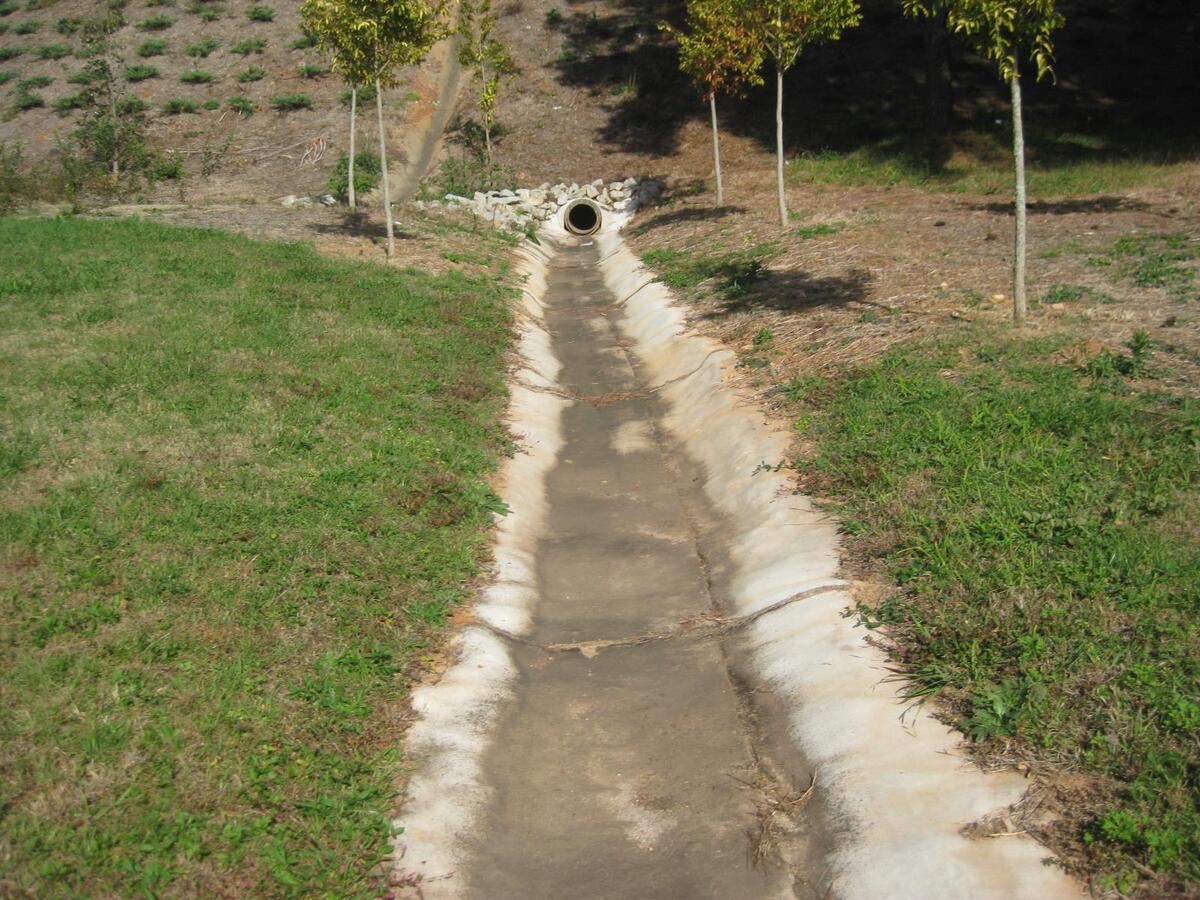
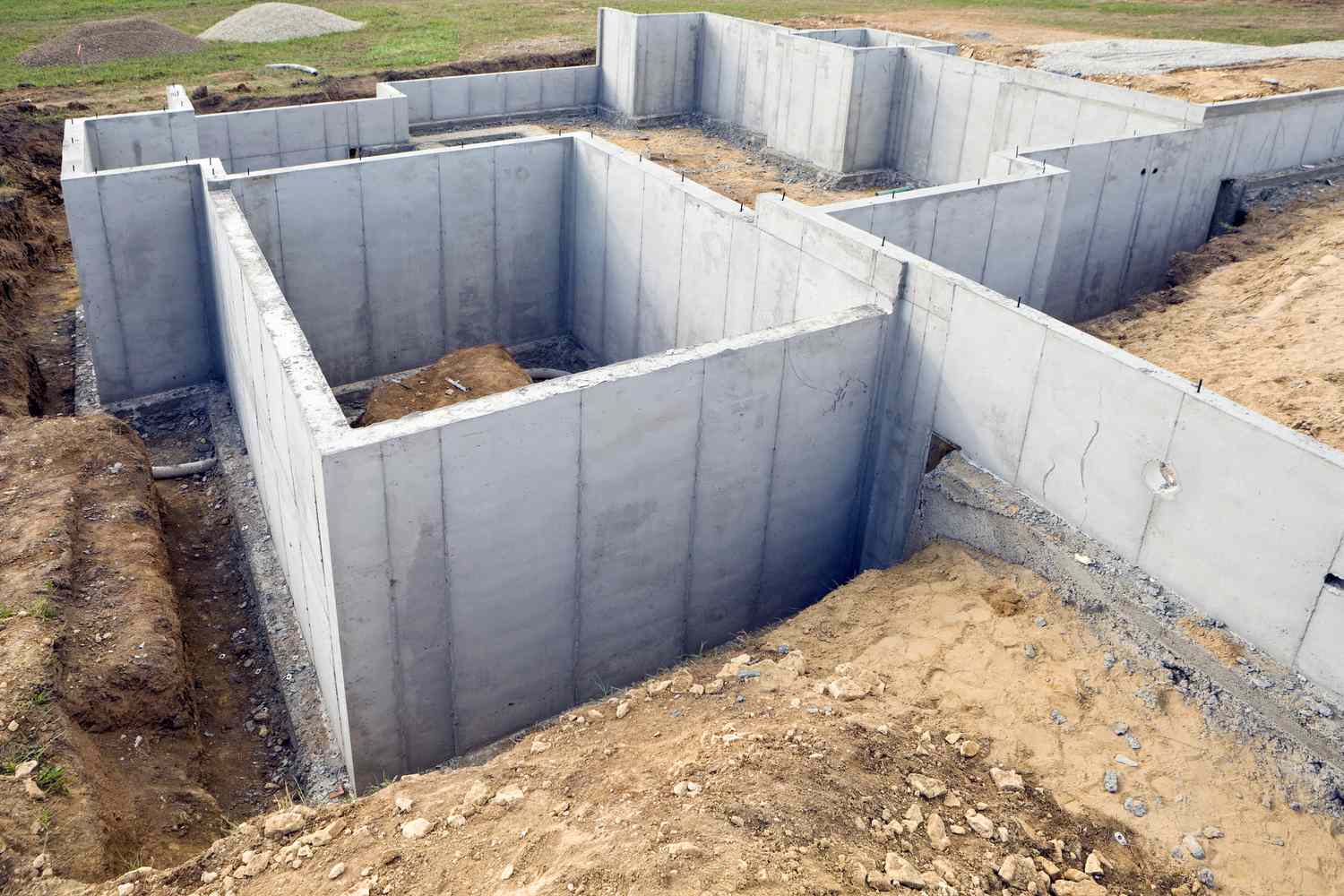


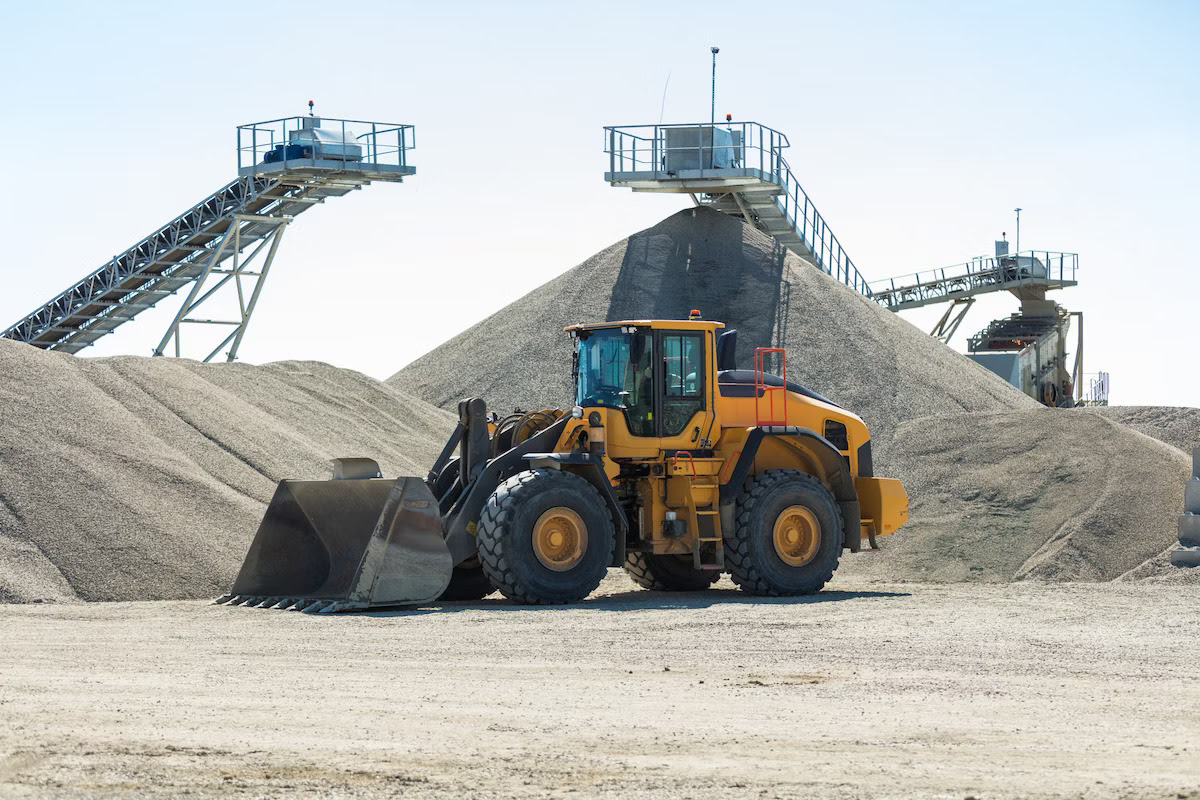



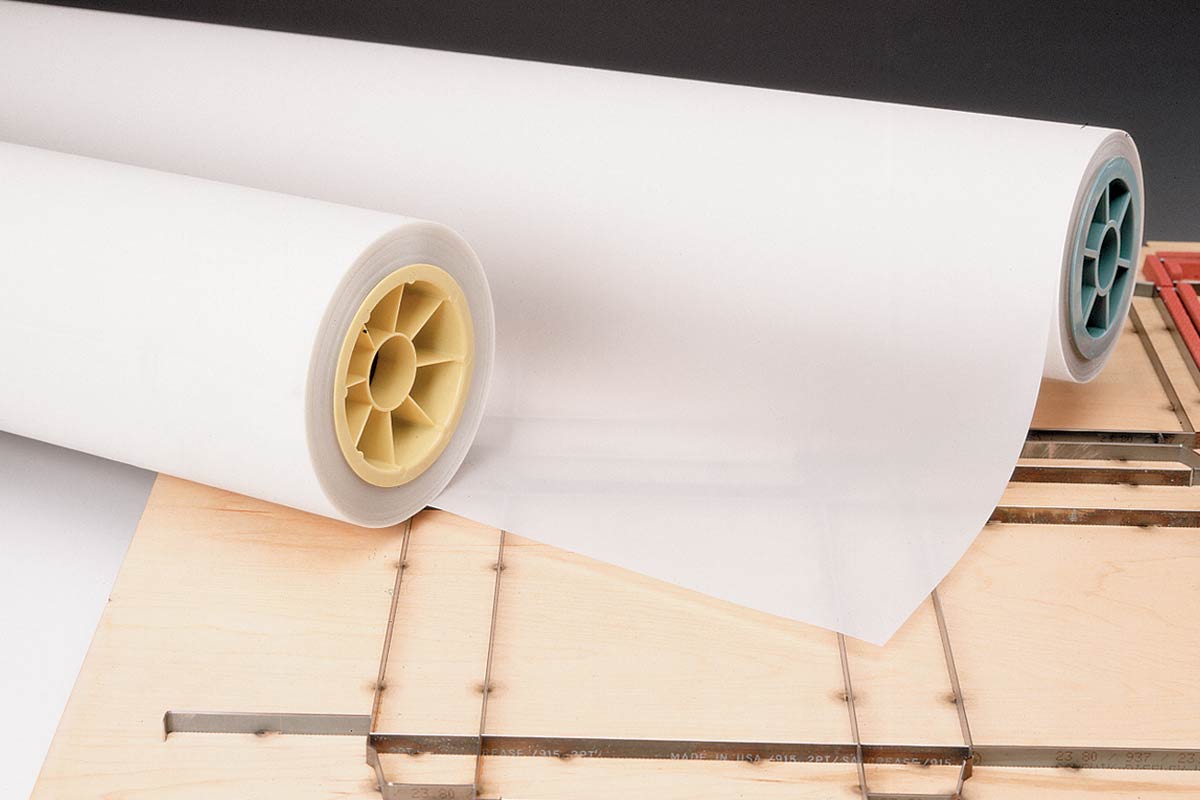
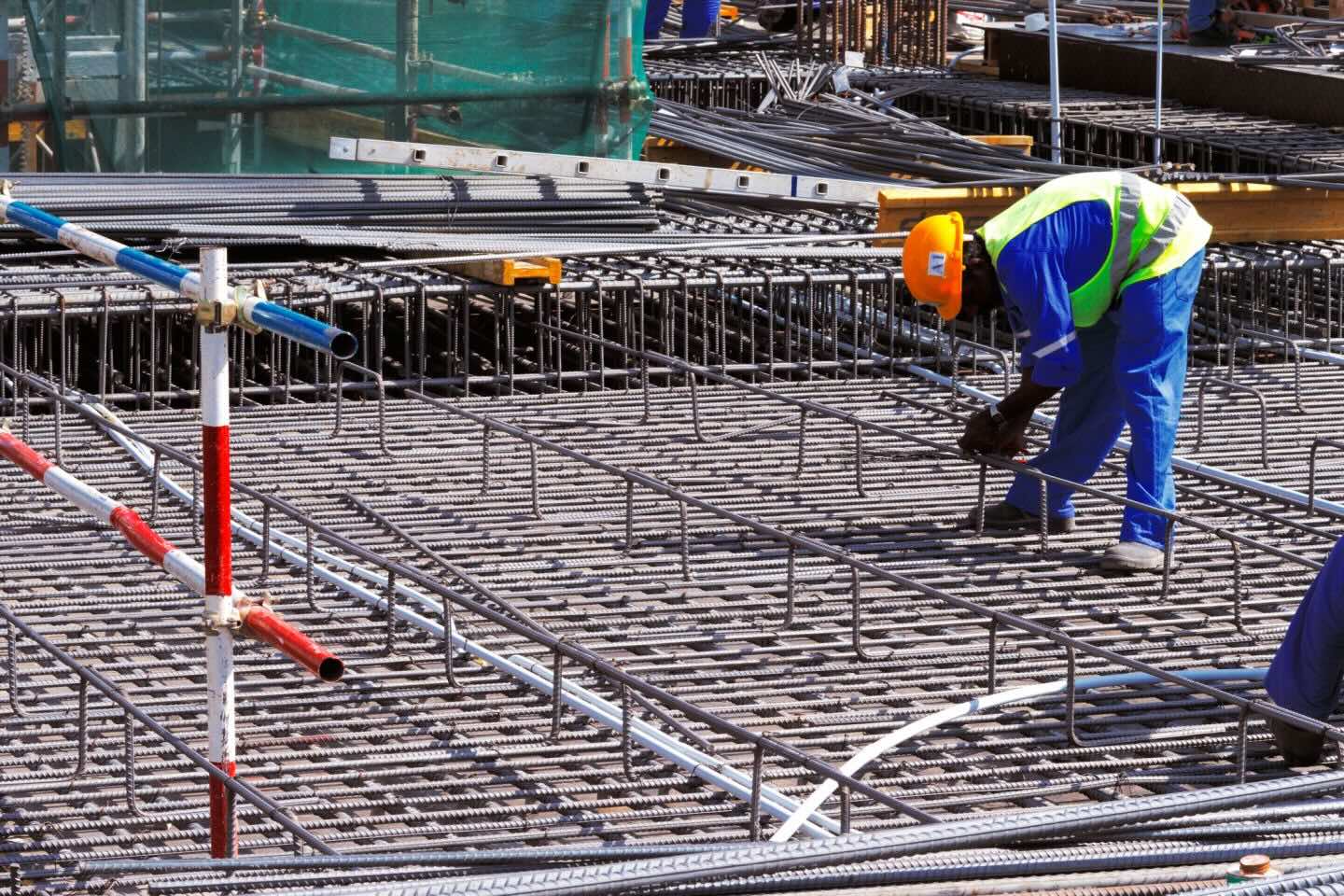

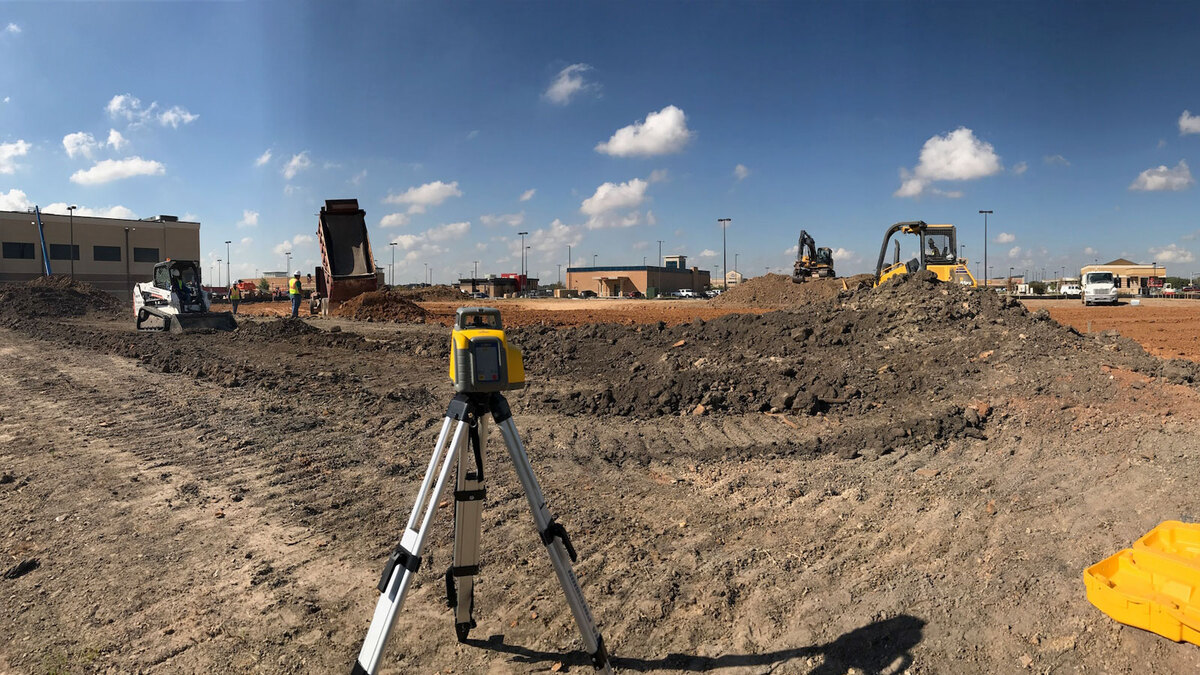
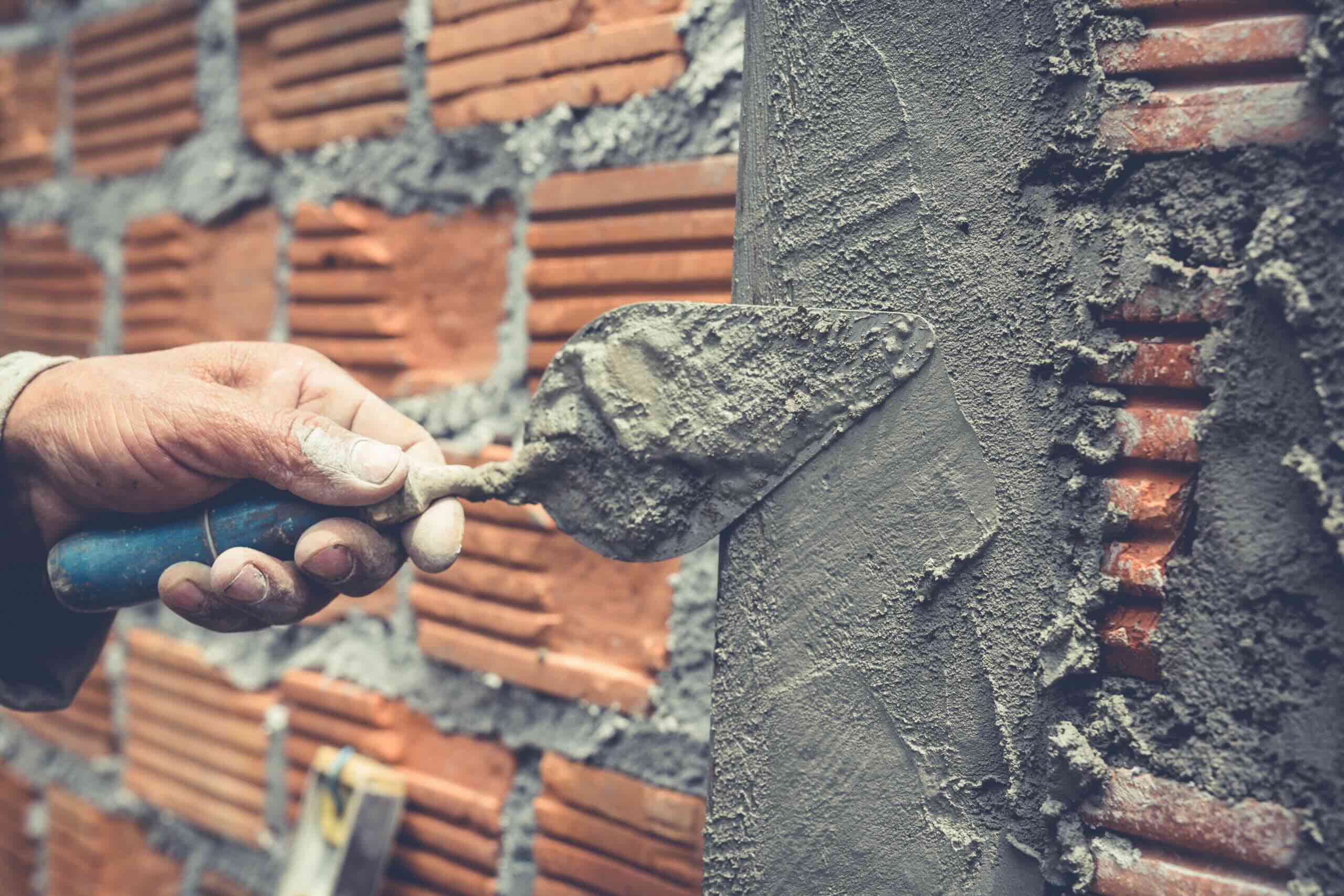


0 thoughts on “What Is A Footer Construction”